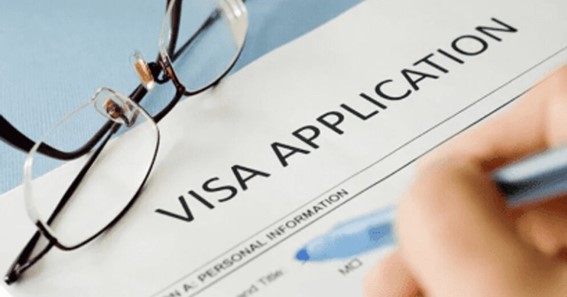In the global economy, the search for the right talent extends beyond geographical boundaries, and the U.S. has long been a favored destination for international professionals. Among the pathways to work in the U.S. is the EB-3 visa, a preference category for employment-based immigration that covers skilled workers, professionals, and other workers. Understanding the intricacies of the EB-3 visa application process can be the key to unlocking a seamless immigration journey and establishing your career in the U.S.
Embarking on this visa application process may seem daunting initially, given the legal formalities and documentation involved. However, the rewards of securing this visa and the doors it opens to career advancement and personal development in the U.S. are well worth the effort. This article will guide you through the essential steps of the EB-3 visa application process, offering insights to enhance your understanding and navigate the process effectively.
Understanding the EB-3 Visa Category
The EB-3 visa is a unique gateway into the vibrant U.S. workforce, catering to three distinct types of workers: professionals holding a U.S. bachelor’s degree or a foreign equivalent, skilled workers who have a minimum of two years of job training or experience, and other workers who undertake unskilled labor requiring less than two years of training or experience. Ensuring your profile aligns with one of these classifications is the first vital step in your EB-3 journey.
Beginning with Labor Certification
The first tangible step in the EB-3 visa application process involves your potential U.S. employer applying for a labor certification on your behalf. This certification, also known as PERM Labor Certification, mandates the employer to demonstrate that available, qualified, and willing U.S. workers cannot adequately fill the position. Additionally, the employer must provide evidence that hiring a foreign professional does not negatively impact similarly employed U.S. workers’ wages and working conditions.
Filing the Petition
Following the approval of the PERM Labor Certification by the Department of Labor (DOL), your employer must file Form I-140, also referred to as the Immigrant Petition for Alien Worker, with the United States Citizenship and Immigration Services (USCIS). The petition should include the approved labor certification and supporting documents to show the employer’s ability to pay the offered wage.
Click here – Nourishing Your Body and Developing a Healthy Relationship with Food
Applying for the Visa and the Final Interview
Once the USCIS gives the green light to the I-140 petition and your current priority date, you can apply for the EB-3 visa. The specific process varies based on your current location – if you’re outside the U.S., you’ll go through consular processing, while if you’re within U.S. borders, you can seek an adjustment of status. Regardless of the method, the final step will be an interview at a U.S. Embassy or Consulate or a USCIS office, where your eligibility will be confirmed.
Conclusion
Navigating the EB-3 visa application process can seem daunting due to its complexity and length. However, with a clear understanding of each stage, you can set realistic expectations and prepare for each step accordingly. Remember, the ultimate goal is to unlock opportunities and enrich the U.S. workforce with your unique skills and experience.
It’s essential to remember that the EB-3 visa application process isn’t just about getting a visa—it’s about starting a new chapter of your life in the U.S., contributing to its diverse workforce, and achieving your professional dreams. Every step taken and document submitted is part of a journey that can lead to a fulfilling career and a home away from home. By understanding and effectively navigating this process, you’re setting the stage for an exciting future.






